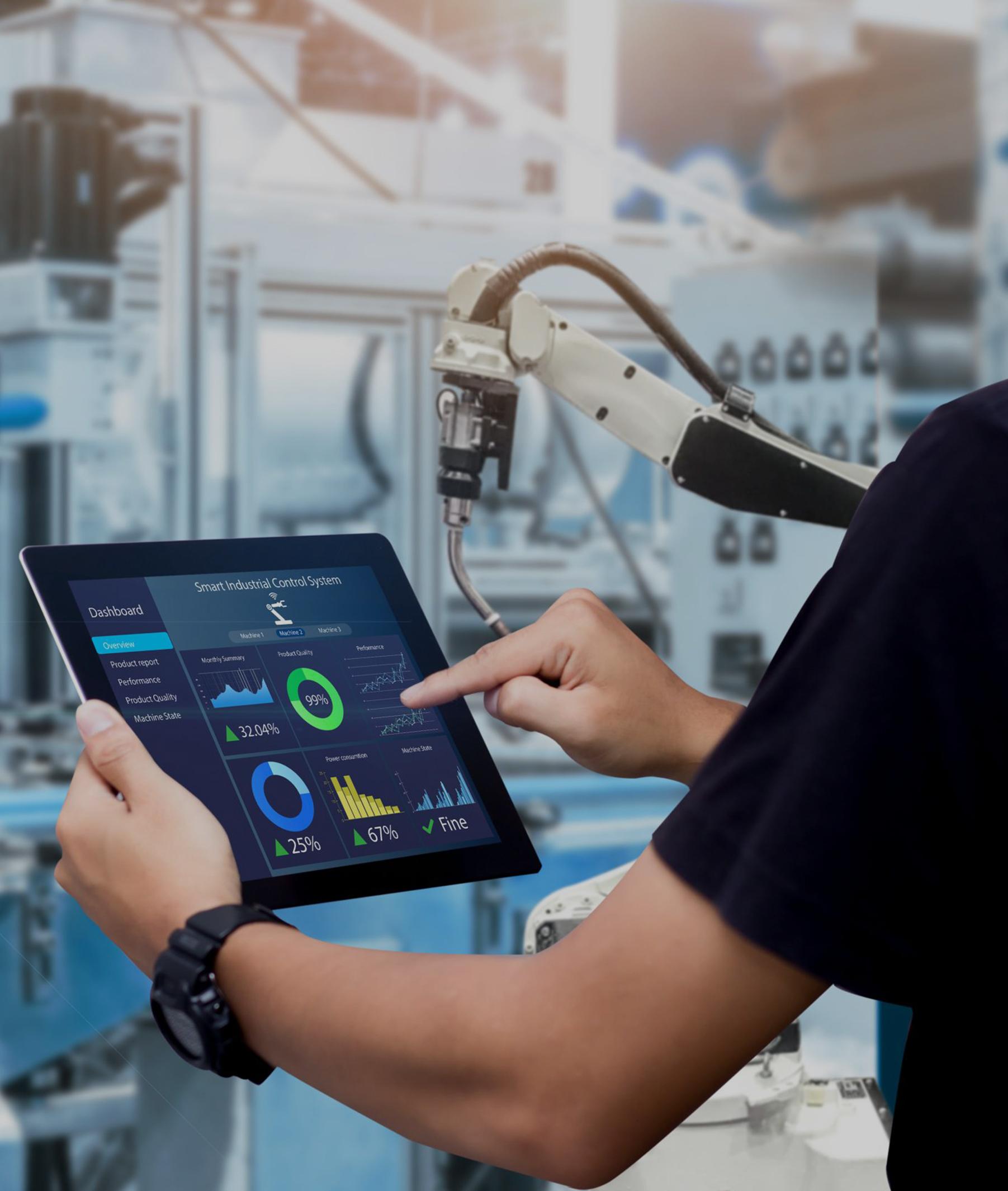Jan 07, 2025
Tower cranes are some of the most iconic machines on construction sites, standing tall as the backbone of many large-scale building projects. From skyscrapers to bridges, these cranes are critical for lifting heavy materials to great heights, making them indispensable in modern construction. But how exactly do they work, and how are they erected? Let's explore the mechanics and processes that make tower cranes the giants of construction.
How Are Tower Cranes Erected?
Erecting a tower crane is an intricate process that requires careful planning and expertise. There are two primary methods for erecting a tower crane: using a smaller crane (also called a “climbing crane”) or with the assistance of a mobile crane.
1. Foundation Preparation: Before the crane is assembled, a strong foundation is required. The base of the crane is fixed to a solid, reinforced concrete slab to prevent tipping under the weight of heavy loads.
2. Assembling the Mast: The first section of the mast is lifted into place by a mobile crane, which is typically smaller and more maneuverable. From here, additional sections of the mast are added, and the crane is gradually raised. The climbing mechanism is used to add sections as the tower gets taller, ensuring the crane’s height matches the needs of the building project.
3. Installing the Jib and Counterjib: Once the mast is fully assembled, the horizontal jib (arm) and counterjib (supporting arm) are mounted. These arms are crucial for the crane’s load capacity and reach, allowing it to cover a large area of the construction site.
4. Final Adjustments & Safety Checks: After assembly, the crane undergoes a series of safety tests and inspections. These ensure that the crane is stable, and all components are secure before it is put into full operation. The operator’s cabin is also placed at the top, and the crane is ready to begin its work.
How Do Tower Cranes Work?
Tower cranes operate on a simple yet effective principle of mechanical advantage. Their design allows them to lift and move heavy materials efficiently across large distances, which is essential for tall buildings and structures.
1. Base & Mast: The base of a tower crane is anchored firmly to the ground, usually with concrete. The mast is a tall vertical structure that extends upward, providing the crane with its lifting height. As the construction progresses, additional sections of mast are added to extend the crane's reach.
2. Jib & Counterjib: The horizontal arm (jib) of the crane carries the load, and it extends outward from the mast. The counterjib, located on the opposite side of the jib, holds counterweights to balance the crane’s lifting force, ensuring stability during operation.
3. Hoist & Hook: The hoist system, often powered by electric motors, is responsible for raising and lowering materials. The hook is attached to a hoist cable that moves up and down, allowing workers to load materials, such as steel beams, concrete slabs, and equipment, onto the construction site.
4. Operator’s Cabin: Tower cranes are typically operated from a cabin at the top of the mast. The operator has a panoramic view of the construction site, ensuring precise control of the crane’s movements. Modern tower cranes often feature automated systems to assist the operator, ensuring safety and efficiency.
Why Tower Cranes Are Essential in Construction
Tower cranes have revolutionized the construction industry by offering solutions to the challenges of height and heavy lifting. They allow construction teams to work at great elevations safely and efficiently, something that would be impossible with traditional lifting equipment.
With their ability to lift tons of material and place them precisely where they are needed, tower cranes help speed up the construction process, reducing delays and costs. Whether it’s a high-rise building, a bridge, or a major infrastructure project, tower cranes are the reliable partners that make large-scale construction a reality.
Read More

